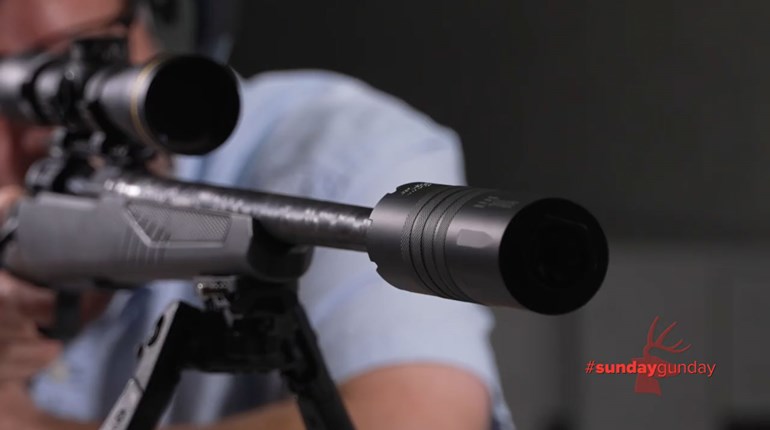
After a friend of mine had returned from a Texas exotic-animals hunt, I asked him how it had gone. As he was telling me about his pursuit of aoudad, he paused and paraphrased a certain famous Texan cartoon character, saying, "Them boys ain't right." I asked him what he meant, and he replied:
"I used to think mountain goats were nuts. Then I saw aoudads. I saw them strolling down sheer cliff walls like you or I would go to Starbucks. I saw them casually hanging out on promontories the size of my thumb. I'm pretty sure I saw one walking upside-down, but maybe that was heatstroke."
If this is the first you've heard of the aoudad and its not-right ways, you can be forgiven. They're not native to North America, having their roots in the rocky, mountainous areas of North Africa. Their name comes to them courtesy of the Berber people, who also hail from the region. If the pronunciation (it's "ah-oh-dad") gets to you, you can try waddan, arui or arruis...or you can just go with Barbary sheep. (Technically, they're actually caprids, which makes them more closely related to goats than sheep, but let's just go with it, shall we?)
They definitely don't look much like the wild goats and sheep native to the Americas. They have distinctive long tufts of hair that run down the length of their chest and forelegs, sometimes known as "chaps" (just like the iconic wide pants of the American cowboy). Their horns, which are present on both males and females, sweep outwards, backwards and then back in towards their bodies in a soft triangle. They have bulky shoulders and chests with slimmer haunches, which lends them a "stocky" look that belies their unbelievable grace and athleticism.
As for that "not-right" athleticism? There is an explanation: These animals are adapted to extreme mountainous conditions, and demonstrate climbing abilities that have to be seen to be believed. They can leap up to 7 feet high from a standing start, and can move up cliff faces so nearly sheer that experienced human climbers might go weak in the knees. They're also well adapted to very dry conditions; the Barbary sheep can get all of the water it needs to live straight from its food sources (although, if given fresh water, they're more than happy to drink and wallow in it).
Little wonder then that the animals that were introduced into Texas and New Mexico for hunting purposes have done so well. They're so successful in America's desert conditions that they're actually out-competing native species like the American bighorn in some areas. Although the best chances on an aoudad hunt are on private land, these animals can be hunted in many public areas...if, that is, you're just a little bit "not right" yourself.







































